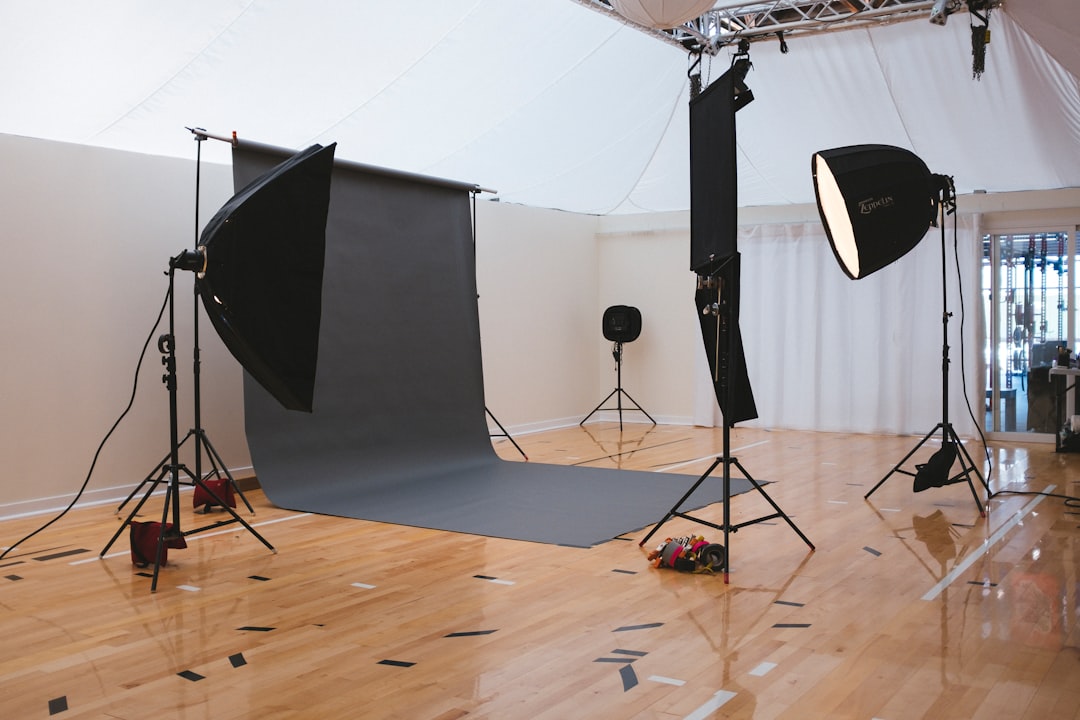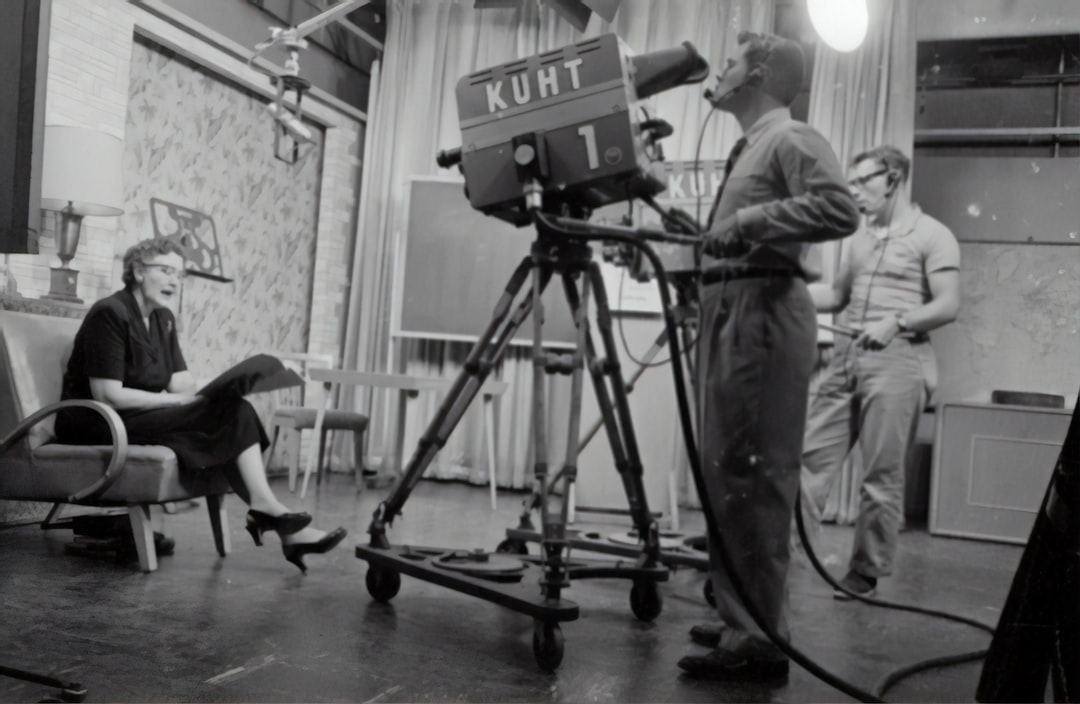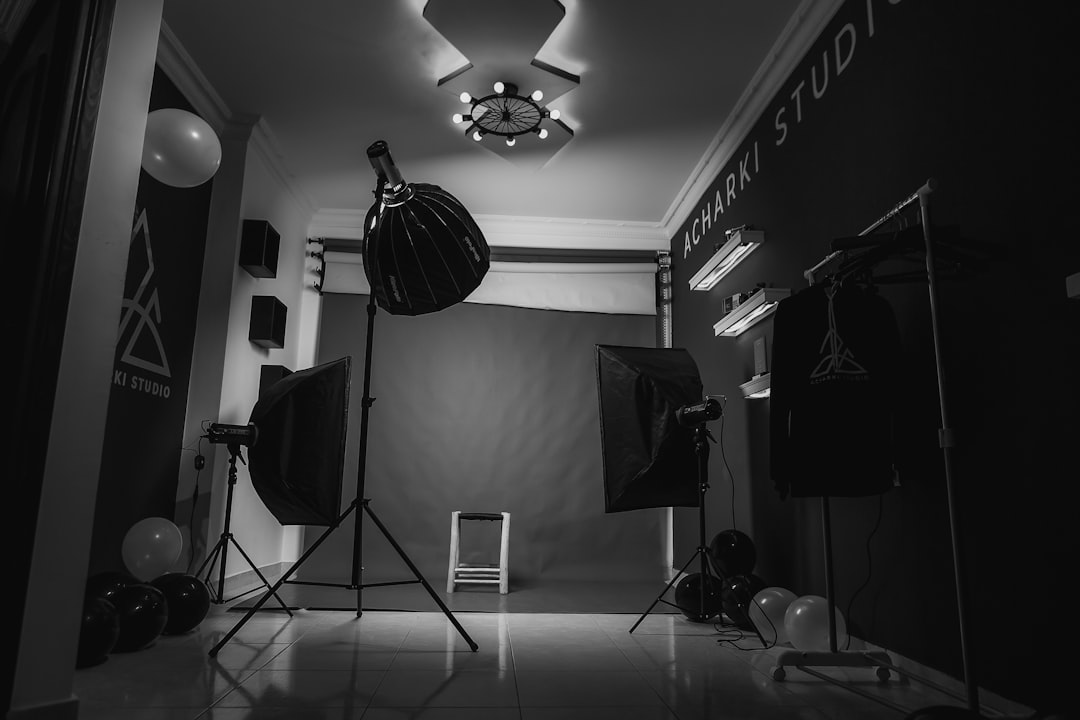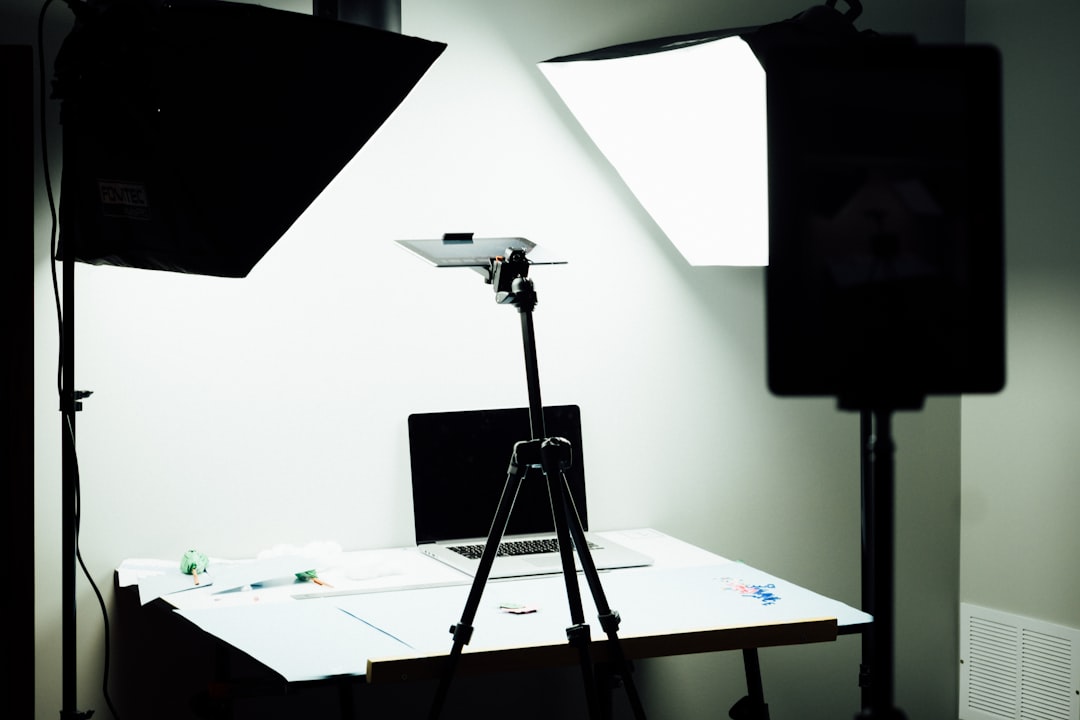If you are a photography enthusiast and have been shooting for a while, then it’s time to start considering setting up your own photography studio. It is not an easy decision to make but it will cost less in the long run with more creative control over photography work process. This article provides exclusive DIY guide on how to set up photography studio so that you can take care of all aspects of photography without any additional expenses or hassle.
Table of Contents
What are the advantages and disadvantages of setting your own photography studio?
Advantages:
– You have full control over your photography workflow
– Costs less than renting time at other studios while still being able to use professional equipment
– Can do shoots when desired rather than only during business hours
– Higher quality images because there’s no interruption by other photography sessions
– Easier to manage your photography business and recurring shoots
What are the disadvantages?
– You can only do photography work when you have time for it. There will be no interruptions by other photography sessions, but this may mean fewer hours available in a day or week
– Higher costs with initial investment (startup) as well as monthly overhead charges of renting space from Peerspace ($100 per hour; they also charge $400 every month). This does not include any additional equipment that is needed such as studio lighting systems, backdrops, etc.
How much money should I spend on my photography studio?
The total cost of setting up your own photography studio depends on how much professional equipment you want to include. It ranges from $1500 to over $5000, but the investment can pay off with time as you get more photography work and become better known for your photography skills
What are some good tips?
Tips on choosing a space:
– Choose a space that has high ceilings (at least 12ft) so there is plenty of room when setting up backdrops, as well as in the background if you plan to keep photography props and/or backgrounds at your photography studio. It also makes it easier for any models who are trying on different outfits or taking photos with their family members
– Make sure it’s well lit by natural light or have additional lighting systems installed before even considering other photography equipment such as studio strobes or flashes; these will be needed if you plan on doing outdoor photography in less than ideal conditions
Tips on what items to purchase:
Create an extensive list of props and/or backdrops before even considering photography equipment such as studio strobes or flashes. It will save you money because these items are needed for photography sessions
Tips on managing your photography business:
– Make sure to keep an organized inventory of all photography gear and materials
– Use a digital camera with Wi-Fi capabilities so you can easily send photos directly from the camera to a computer without having to wait until they’ve been printed if necessary (this is especially helpful when dealing with quick fashion shoots)
– Consider hiring photographers who work part time in order to cover any gaps that may arise during busy seasons like Christmas, Valentine’s Day, etc. This way there won’t be any interruptions which could result in lost revenue due to missed deadlines; photography is a business so it requires organization and planning
– If photography equipment needs to be replaced, go for high quality photography gear rather than cheap alternatives. This will make your photography studio seem more professional.
It also saves you time by not having to replace photography equipment as often
– Your photography studio should be located in a well maintained, high traffic area where people can easily find it. Find out from others what are the best places for photographers and make sure your photography studio is at one of them when looking for real estate
– If possible, try to have an assistant manage all bookings which will free up more time so that you can focus on photography work (the downside with this idea is if there’s no one available)
How to Name Your Photography Business
FAQ about Photography Studio
How much does renting space from Peerspace cost?
Peerspace charges $100 per hour for their spaces; they charge $400 every month. This doesn’t include any additional lighting systems or other photography equipment you may need
What you need for a photography studio?
When you start a photography studio, the first thing to do is look for cheap and large spaces that are well-lit. You need lights of all sorts: natural light from windows, computer screens with bright backlighting LEDs or fluorescent lamps running on dimmers to mimic daylight conditions in your workspace; video lighting like tungsten spotlights which will give off very directional energy when focused correctly onto surfaces such as white walls; LED panels mounted either at eye level or below floor level aimed upwards towards ceilings (to increase ambient levels) – these also have the advantage of being able to be used without risk if they fall over because their power cables can’t get pulled out by accident! The next step would be fitting them into an attractive backdrop behind glass.
The biggest part about building out your own photo studio at home is not just adding materials like lights and backdrops but also making sure you know what spaces will work best for different types of shooting so that you don’t waste time trying to create something outside its purpose-built function. For example, if I wanted my space set up specifically for taking headshots then having items like an easy chair directly behind me would make sense but wouldn’t do well when doing group shots near tables because there are no surfaces for people to lean on and be comfortable.
When deciding what type of photography studio space you want, look at how much your budget has allocated for equipment (if any) as well as the size of your workstation so that you don’t end up with too little storage space and get frustrated later down the line; also consider adding things like blackout curtains if there are windows nearby where direct sunlight could affect photography settings such as
A photography studio is a necessary part of any successful photographer’s business. It takes more than just your camera and natural lighting to make an epic shot, so it pays off in the long run to have everything you need at hand. More importantly, this will also help ensure that every photo shoots goes smoothly without unexpected issues like electrical problems or bad weather conditions making life difficult for both photographers and models alike!
How do I set up a photography studio?
You will need to find a place where you can set up your studio and be confident that it is safe. The next thing you want to do, regardless of what kind of photography business venture this may be for, is figure out the basics: how many lights and types are needed based on what type of photos you plan on taking?
Setting up a photography studio is an exciting and challenging process, but with careful planning it can be done cheaply. The most important thing to consider when setting up your space is the type of light you want for your photographs or videos. Natural sunlight has great ambient lighting which makes photographing people easy because they don’t need any external lights on them while being photographed outdoors; however, natural daylight does not provide enough contrast in images due to its high levels of brightness so artificial lights are necessary indoors during daytime shoots. Fluorescent bulbs give off harsh glare that many photographers find unappealing as well as creating color casts on subjects’ skin tones unless corrected by using filters such as CTO’s (Color Temperature Orange). Harsh fluorescent bulb colors also make
What photography studio materials do I need?
You will want to cover the basics and make sure that you have everything from light diffusers, photography backdrops, photography flooring or photography table tops (depending on what type of photos you are taking), photography lighting kit, camera support equipment like tripods. With this in mind it is a good idea to plan ahead for your needs by buying more than just one tripod because if something happens during a shoot then not being able to take pictures can be very stressful! Be mindful when choosing your locations as well – some building may require permits before installing any heavy duty fixtures so talk with an electrician about the specifics first…
It is important to set up lights for creating different moods inside of photography studio. For example, you might want to brighten up the space so that it feels warmer and more inviting or use a slower shutter speed for making things look dark and moody in photographs. Experiment with different settings until you find what works best for your photography style!
The next step to setting up a studio is making sure the room has plenty of natural light. To do this, open all windows and doors if possible or turn on lamps with daylight bulbs. Then place white sheets over any furniture that may be in view so it can reflect more light back into the space without being distracting for your subject
A tripod stand will also help you capture crisp images by holding your camera steadily as you snap shots.
What is the purpose of a photography studio?
Photography studios are used to take pictures of people and objects. They can be either small or large in size depending on the needs for each shoot, with many modern-day photography studios being made up of two rooms: one set as a backdrop where an object is photographed against; another room has lights that point at the person taking photos.
In order to create stunning images that will evoke powerful reactions from viewers it’s important not only have good quality equipment but also need sufficient space–a studio environment consisting both overhead lighting and side/backlighting pins down your subject while capturing their features without losing focus due to shadows cast by facial hair or glasses frames, for example–to get high resolution shots you’ll want plenty light so shooting during midday hours may not be your best option
What lighting is needed for studio photography?
A photography studio typically consists of two rooms: a background set and a photography space. The photography space should have both overhead lighting, which can be combined with side/backlighting units, to remove shadows cast by the subject’s features. Photography equipment is primarily used in photography studios. You will need a tripod stand to take sharp images with your camera, photography backdrops, photography flooring or photography table tops (depending on what type of photos you are taking), photography lights kit, and camera support equipment like tripods.
What are photography studio photography equipment?
Lighting, photography backdrops, photography flooring or table tops for photography. Tripods and camera support equipment like a tripod stand. Photography lights kit: This is used to create different moods inside the space–you might want to brighten up the space so that it feels warmer and more inviting or use a slower shutter speed for making things look dark and moody in photographs
What is the best color to paint a photography studio?
A photography studio should be painted a colour that will reflect light in order to eliminate shadows and dark spots. If a photography studio is lit with white light, then the walls should be painted in shades of white and grey to avoid creating too much contrast.
Black paint absorbs heat which can lead to poor air quality for your photography session so you might want to consider painting it another shade or using colour towels as they are very effective at reflecting light back into the room without adding any unwanted warmth.
How small can a photography studio be?
A photography studio can be as small or as big as you want it to be.
It is not necessary to have an overly large photography studio because you can always take photos against the walls or use your own home for photography purposes, which has its advantages and disadvantages depending on how much space there is at home–if you need more room then renting out a photography studio might be required.
What’s the best backdrop for photography studios?
The photography studio should be painted to reflect light and create a clean, spacious surface without any distracting objects. It should also have a neutral background that doesn’t overpower the subject in the photography. For photography studios with longer hours of operation, more than one backdrop may be necessary to allow for swapping them out throughout the day.
Make sure your photography studio is well-lit with plenty of space underneath for a photography table or flooring, overhead lamps can also help with lighting as they add a sense of brightness to the space.
What are the benefits of hiring a photography studio?
Are you looking for professional photos but don’t want to take out any loans or spend too much on equipment and software. You won’t have that problem if you hire a photographer, because they come with their own set up which includes all sorts of gear as well as access to tons more expensive tools!
We hope this blog post has given you a new perspective on how to set up your own photography studio. The most important part of the process is doing what works for you and incorporating that into your image-making business. What are some ways you can adapt these tips? Do any of them seem like they would help with future projects? Let us know!




